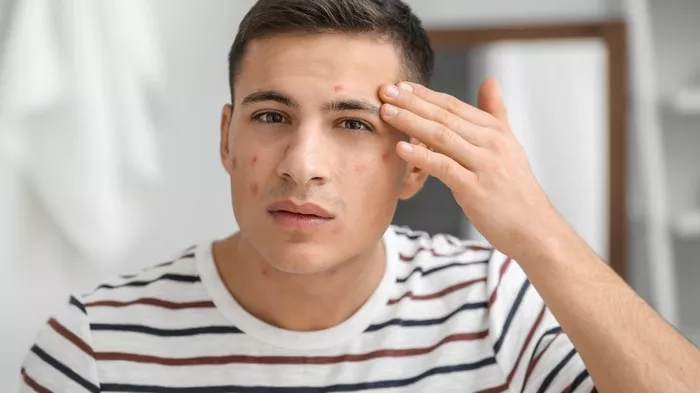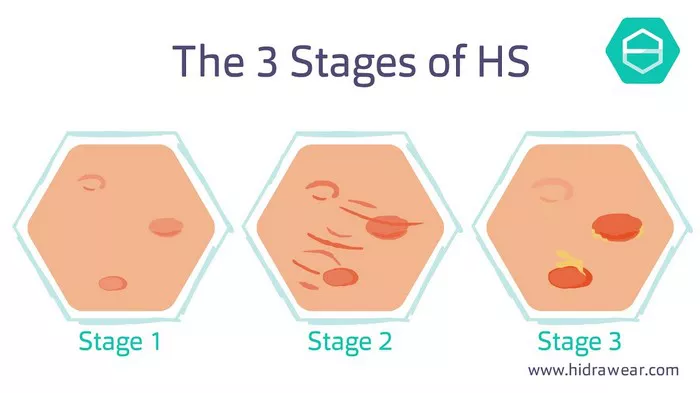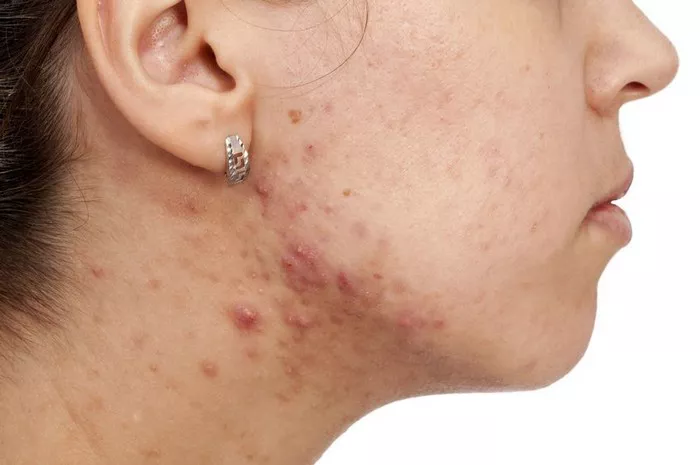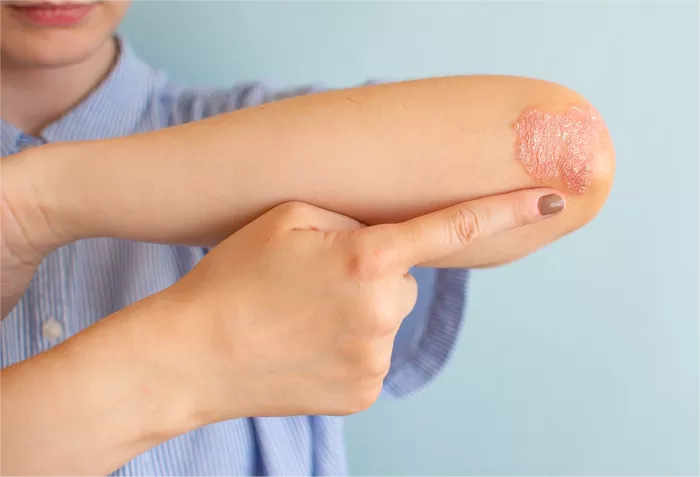Hidradenitis suppurativa (HS) is a chronic skin condition that affects many individuals worldwide. It primarily causes painful bumps and abscesses in areas where skin rubs together. Understanding hidradenitis suppurativa wounds is crucial for effective management and care.
What is Hidradenitis Suppurativa?
Hidradenitis suppurativa is a long-term skin disease. It occurs when hair follicles become blocked, leading to inflammation and infection. The condition most commonly affects the following areas:
- Armpits
- Groin
- Buttocks
- Under the breasts
- Inner thighs
The inflammation leads to painful lumps and can result in the formation of wounds.
How Do Hidradenitis Suppurativa Wounds Develop?
Hidradenitis suppurativa wounds develop as a result of several factors:
Blocked Hair Follicles
The primary cause of HS is the blockage of hair follicles. When these follicles become clogged with oil, bacteria, or dead skin cells, inflammation occurs.
Infection
Once the follicles are blocked, bacteria can thrive, leading to infection. This infection exacerbates the inflammation, resulting in painful, swollen lumps that may burst and create open wounds.
Tissue Damage
Chronic inflammation can cause tissue damage. Over time, the skin in affected areas becomes fragile. This fragility makes it easier for wounds to form.
SEE ALSO: How Do I Know If I Have Hidradenitis Suppurativa (HS)?
Characteristics of Hidradenitis Suppurativa Wounds
Hidradenitis suppurativa wounds have specific features:
Appearance
Color: Wounds may appear red or dark in color.
Size: They can vary from small spots to larger abscesses.
Drainage: Wounds may ooze pus or blood, especially when inflamed.
Pain and Discomfort
These wounds are often very painful. Pain can be constant or may increase during movement, especially if the wounds are in areas subject to friction.
Odor
Due to the presence of bacteria and pus, HS wounds can emit an unpleasant odor. This can be distressing for individuals and may lead to social anxiety.
Types of Hidradenitis Suppurativa Wounds
There are various types of wounds associated with hidradenitis suppurativa:
Abscesses
Abscesses are swollen, pus-filled lumps that can form under the skin. They are usually painful and may require drainage.
Fistulas
Fistulas are tunnels that form between the skin and deeper tissues. They can develop when abscesses burst, allowing pus to escape and create a channel under the skin.
Scarring
Chronic HS can lead to scarring. Scars may be raised, depressed, or discolored and can be permanent.
Symptoms of Hidradenitis Suppurativa Wounds
Individuals with hidradenitis suppurativa may experience several symptoms:
Painful bumps: Tender lumps that can grow and burst.
Drainage: Pus or fluid leaking from wounds.
Swelling: The affected area may appear swollen and inflamed.
Itching: Some people may experience itching around the wounds.
Foul odor: Wounds can emit a strong, unpleasant smell.
Diagnosing Hidradenitis Suppurativa
Diagnosing hidradenitis suppurativa involves several steps:
Medical History
A doctor will begin by reviewing the patient’s medical history. They will ask about symptoms, family history, and any previous skin conditions.
Physical Examination
The doctor will conduct a physical examination of the affected areas. They will look for characteristic signs of HS, such as abscesses and scars.
Additional Tests
In some cases, doctors may perform additional tests to rule out other conditions. These may include:
Skin cultures: To check for infection.
Blood tests: To assess overall health and rule out other issues.
Treatment Options for Hidradenitis Suppurativa Wounds
Treating hidradenitis suppurativa involves managing both the wounds and the underlying condition. Options include:
Medications
Antibiotics: These are often prescribed to treat infections associated with HS wounds. They may be topical or oral, depending on the severity of the infection.
Anti-inflammatory drugs: Nonsteroidal anti-inflammatory drugs (NSAIDs) can help reduce pain and swelling.
Corticosteroids: These medications may be used to reduce inflammation in severe cases.
Biologics: In some cases, biologic therapies that target the immune system may be effective in reducing flare-ups.
Surgery
For severe cases, surgical options may be necessary:
Incision and drainage: This procedure involves making an incision to drain pus from an abscess.
Excision: In chronic cases, removing the affected skin and tissue may be recommended.
Lifestyle Modifications
Making lifestyle changes can help manage HS:
Weight management: Maintaining a healthy weight can reduce friction in affected areas.
Avoiding triggers: Identifying and avoiding personal triggers (e.g., certain fabrics, heat, or sweating) can help reduce flare-ups.
Good hygiene: Keeping the affected areas clean and dry is essential. Use gentle soaps and avoid harsh scrubs.
Dressing and Wound Care
Proper care of hidradenitis suppurativa wounds is crucial:
Dressings: Using appropriate dressings can protect wounds and promote healing.
Cleaning: Clean the wounds gently with saline solution or mild soap.
Moisture management: Keeping the area dry helps prevent further infection.
Coping with Hidradenitis Suppurativa
Living with hidradenitis suppurativa can be challenging. Here are some strategies to cope:
Support Groups
Joining support groups can provide emotional support and practical advice. Connecting with others who have HS can help individuals feel less isolated.
Education
Learning more about hidradenitis suppurativa can empower individuals to manage their condition better. Understanding treatment options and lifestyle modifications is key.
Mental Health Support
HS can impact mental health. Seeking counseling or therapy can help individuals cope with feelings of anxiety or depression related to their condition.
Conclusion
Hidradenitis suppurativa wounds are a complex aspect of a challenging skin condition. Understanding the nature of these wounds, their symptoms, and effective treatment options is essential for managing the condition. With proper care and support, individuals can lead fulfilling lives despite the challenges of hidradenitis suppurativa. Always consult with a healthcare professional for personalized advice and treatment plans.


























